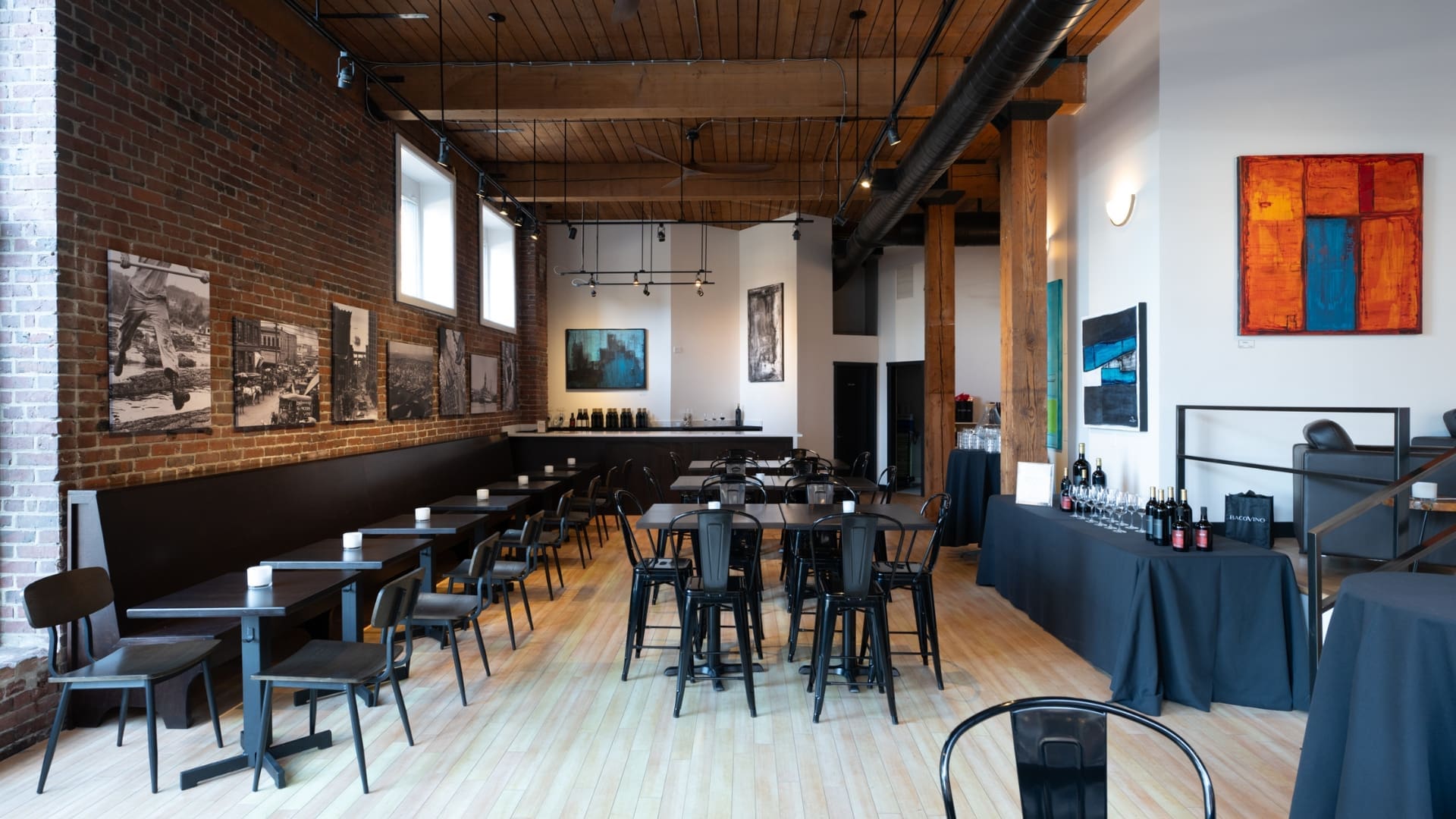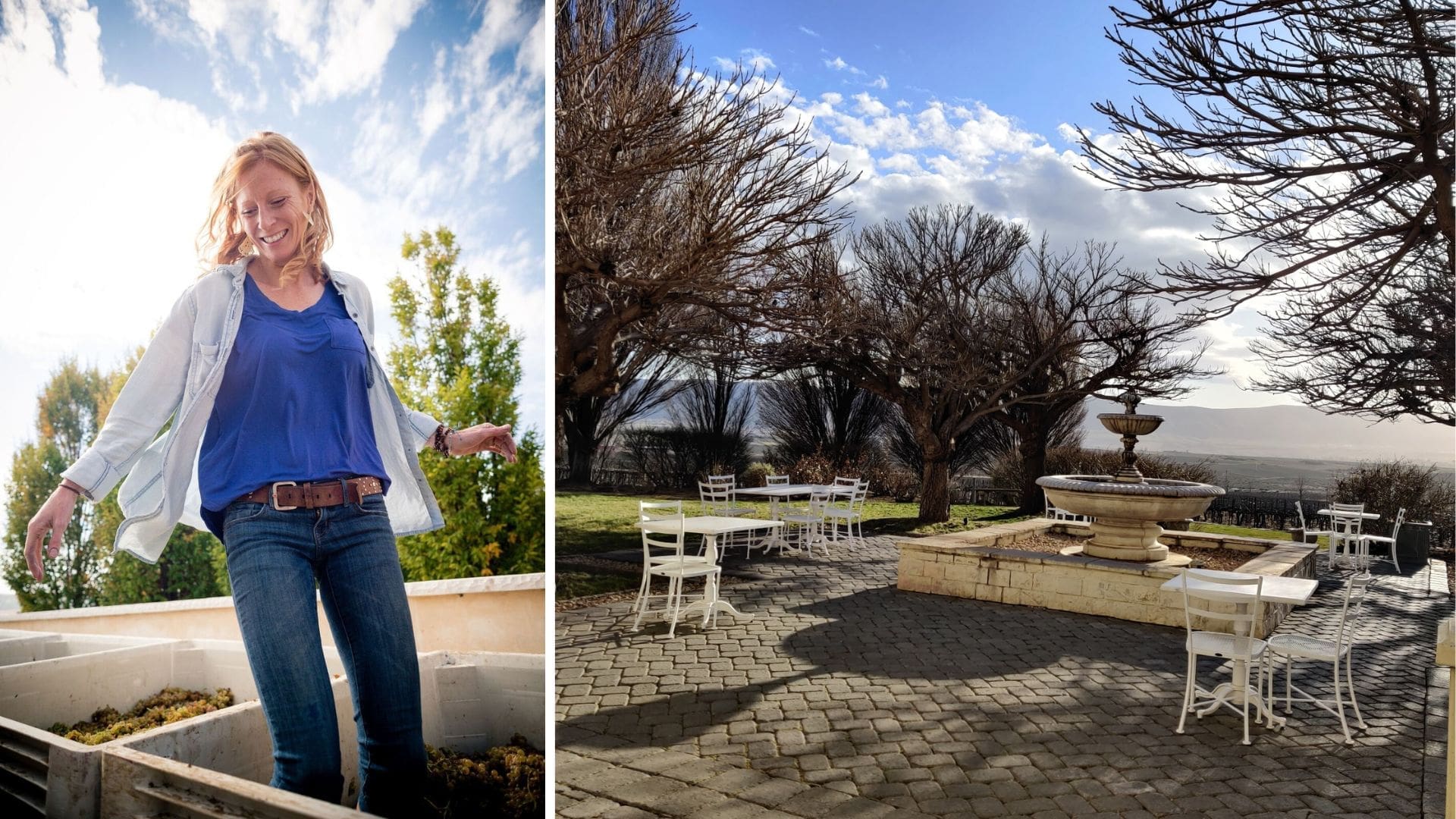During the summer months, there’s nothing better than a nice crisp, subtly sweet glass of rosé. There’s just something about those fruity notes and gorgeous pink hues that screams summer on the patio. And despite the confusion or rumors you may have heard, this wine style is definitely not made from pink grapes.
In fact, rosé is potentially one of the more complicated wines to master, if you’re making it intentionally. But because we’re not winemakers, we decided to chat with a few people who know exactly what it takes to make a rosé.
METHODS
From farming to fermentation, there are number of specific processes at play when it comes to crafting a roséé.
“Rosé requires a lot of attention to detail,” says Riley Miller, manager of Washington’s Elephant Mountain Vineyard and owner of Sonder Wines. “It should be made with just as much care as any other wine.”
Using the saignée method, rosé can be considered somewhat of an afterthought. While using fully ripened grapes to make red wine, winemakers end up bleeding off leftover juice to then ferment and turn into rosé. With this method, taking percentages of the juice from different reds is not uncommon, resulting in a rosé blend.
According to Andrew Wisniewski, winemaker at Swiftwater Cellars in Cle Elum, Washington, they focus blocks in the famed Boushey Vineyard specifically for rosé, allowing for more control in picking for sugar content and acidity. “It’s not an afterthought wine for us,” he reassures. “It’s very methodical and intentional.”
With that approach, many use the direct pressing method, meaning the grapes are crushed and pressed immediately to release the juice for fermentation. Or, the maceration method, letting the crushed grape skins soak with the juice, allowing the skins to release pigment to affect the color before separating it for fermentation.
VARIETALS
Rosé is made from red grapes and can be made with any varietal from Sangiovese to Tempranillo to Pinot Noir. So much of the winemaking process comes down to preference, or what grapes are available for that purpose.
“Some of the most beautiful, expressive rosés I’ve had were made from Grenache, Pinot Noir or Nebbiolo,” Wisniewski adds. “Rosé is all about subtlety, delicacy and elegancy. You don’t want a flavor that’s going to smack you in the face.”
COLOR
Ultimately, when it comes to the hue of a rosé, it’s up to the winemaker. Grapes hold color compounds in the skin, so much of the color of rosés depends on the varietal used and how long the skins sit with the juice, and that window can be anywhere from eight hours to 48 hours.
“For my Cinsault, because it’s a more transparent grape without much color, they sit for 24 to 48 hours before I get the color I’m looking for,” Miller says. The longer the skins sit with the juice, the darker the color and the more body the rosé may have.











